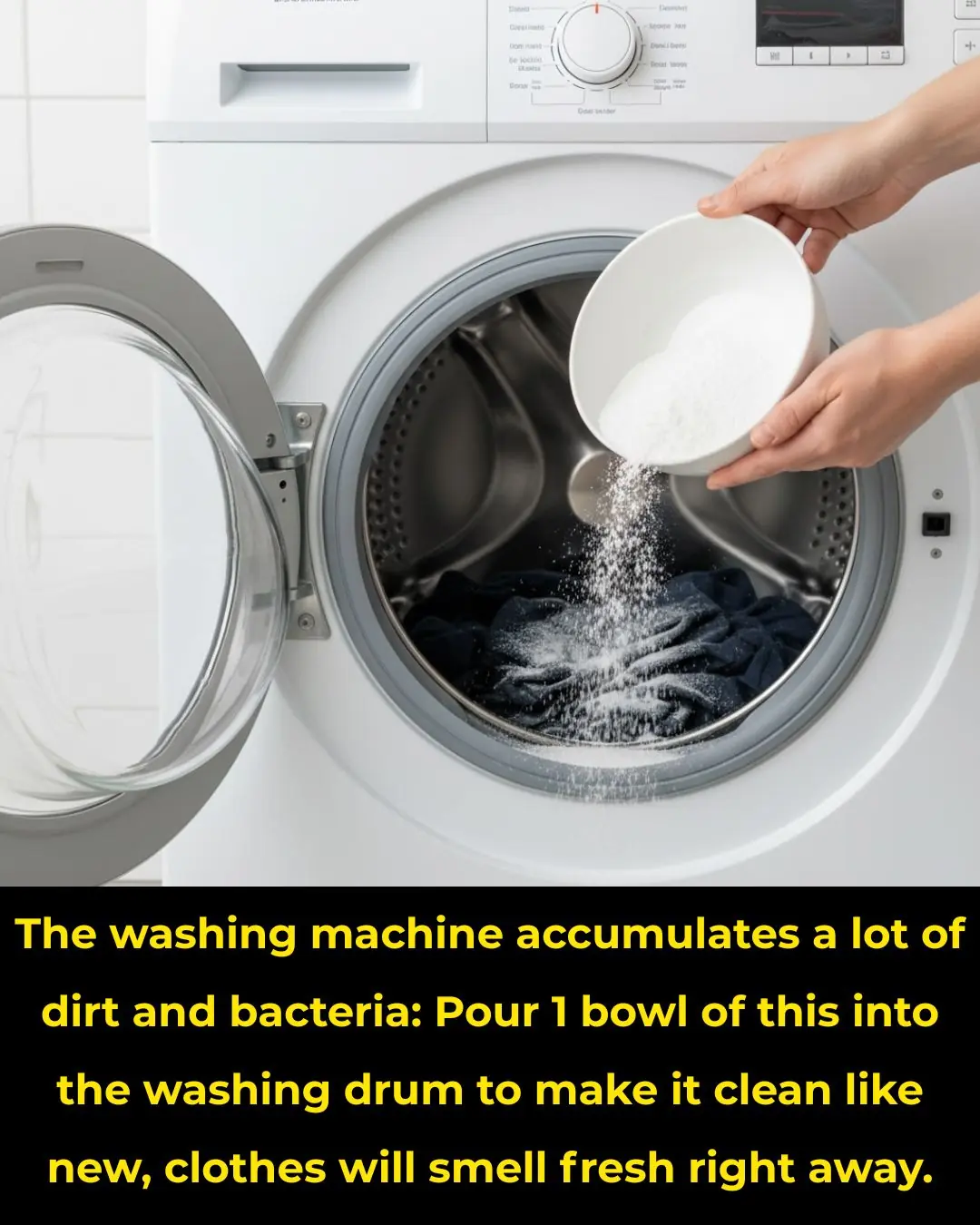Many people consider loading the dishwasher a mundane task, a simple step in their daily routine. However, this seemingly straightforward chore often involves more complexity than meets the eye. A poorly loaded dishwasher not only leads to dirty dishes but also affects the machine's efficiency and lifespan.
Understanding the right way to load a dishwasher can make a significant difference in your kitchen routine. From saving time and energy to ensuring your tableware comes out spotless, mastering the art of dishwasher loading is a valuable skill. Let’s dive into the essential tips and techniques that can transform your dishwashing experience.
1. Understanding the Basics: Why Dishwasher Loading Matters
Loading a dishwasher correctly is crucial because it affects how well your dishes are cleaned and how efficiently the machine runs. A well-loaded dishwasher maximizes the water flow and detergent distribution, ensuring every dish is thoroughly cleaned.
Proper loading also prevents damage to your dishes and the dishwasher itself. Overcrowding or improper placement can lead to broken dishes or clogged spray arms, which can be costly to repair. Understanding your dishwasher's basic mechanics, such as the location of spray arms and detergent dispensers, can inform how you load your dishes for optimal performance.
2. Skip the Pre-Rinse: Scraping is Sufficient
Many people believe that pre-rinsing dishes before loading them is necessary for a thorough clean. However, modern dishwashers are designed to handle food residues, and pre-rinsing can actually hinder their performance. Detergents need food particles to activate their cleaning enzymes effectively.
Instead of pre-rinsing, simply scrape off large food particles and let the dishwasher do the rest. This not only saves water but also ensures that your dishes come out cleaner, as the detergent can work as intended.
3. Alternating Angles: The Key to Cleaner Dishes
When loading dishes, especially plates, alternating their angles can improve cleaning outcomes. Place dishes facing inward toward the center and angle them slightly downward. This positioning allows water to reach all surfaces and prevents pooling.
For bowls and cups, ensure they are tilted slightly to avoid water collecting on top. Staggering positions on the racks can also prevent items from nesting together, which can block water flow and lead to unclean dishes.
4. Balancing Act: Avoid Overloading the Bottom Rack
The bottom rack is typically reserved for larger items like pots, pans, and dinner plates. It's important to avoid overloading this rack, as it can obstruct the spray arms and prevent water from reaching all areas.
Space items evenly and avoid stacking them directly on top of one another. This ensures that each item is exposed to water and detergent, improving the overall cleaning performance. Keep larger items at the edges to avoid blocking the movement of the spray arms.
5. The Right Detergent for the Right Cycle: Pods vs. Powder
Choosing the right detergent is crucial for achieving the best cleaning results. Dishwasher pods are convenient and pre-measured, which can prevent overuse and ensure consistent results. However, they are best suited for longer cycles as they need time to dissolve completely.
Powder detergents offer more flexibility, allowing you to adjust the amount based on the load size and soil level. They dissolve quickly and are ideal for shorter cycles. Regardless of the type, ensure that the detergent is stored in a dry place to maintain its effectiveness.
6. The Art of Silverware Placement: Mixing It Up
Properly loading silverware can make a big difference in cleaning results. Mixing different types of utensils in the silverware basket can prevent them from nesting together, which can block water flow and lead to spots or food residue.
Alternate the direction of forks, knives, and spoons. Place some handles up and others down to ensure that each piece is exposed to water and detergent. Be cautious with sharp knives to avoid injury when unloading.
7. Top Rack vs. Bottom Rack: What Goes Where
Understanding what items belong on the top rack versus the bottom rack is key to optimizing your dishwasher's performance. The top rack is designed for smaller, more delicate items like glasses, mugs, and small bowls. These items are safer here as they are away from the intense heat and pressure of the bottom rack.
The bottom rack, on the other hand, is suited for heavier items such as plates, pots, and pans. Always check your dishwasher’s manual for specific recommendations, as some modern dishwashers are designed with flexible rack configurations to accommodate various items.
8. Navigating Tall Items: Keeping Water Flow Unobstructed
Tall items like cutting boards or baking sheets can be tricky to load. If placed incorrectly, they can obstruct the spray arms and block water flow to other areas. Place them along the sides of the bottom rack to minimize obstruction.
If your dishwasher has adjustable or removable racks, use these features to accommodate taller items without compromising the cleaning efficiency of other dishes. Ensuring unobstructed water flow is crucial for achieving a thorough clean.
9. The Importance of Regular Maintenance and Cleaning
Regular maintenance of your dishwasher is essential to keep it running efficiently. This includes cleaning the filter, which can become clogged with food particles and impact performance. Check the filter monthly and clean it with warm, soapy water.
Additionally, run an empty cycle with a dishwasher cleaner or a cup of white vinegar every few months to remove buildup and odors. This helps maintain the internal components and ensures that your dishwasher continues to operate effectively.
10. Understanding Your Dishwasher’s Unique Features
Modern dishwashers come with a variety of features designed to improve cleaning efficiency. Familiarize yourself with these features, such as adjustable racks, specialty cycles, and sensors that adjust water usage based on the load.
Using the right cycle for your load type can significantly enhance cleaning results. For instance, heavily soiled pots may benefit from a heavy-duty cycle, while a quick wash cycle may suffice for lightly soiled dishes. Understanding and utilizing these features can make your dishwasher more effective and efficient.
11. Popular Viral Hacks: What Works and What Doesn’t
The internet is full of viral hacks claiming to improve dishwasher performance, but not all are effective. For example, placing a lemon in the dishwasher is said to help with cleaning and odor, but it can also lead to acid damage over time.
However, some hacks, like using a bowl of white vinegar during a cycle to combat hard water deposits, can be beneficial. Always research and verify hacks before trying them to avoid unintended damage to your machine or dishes.






































